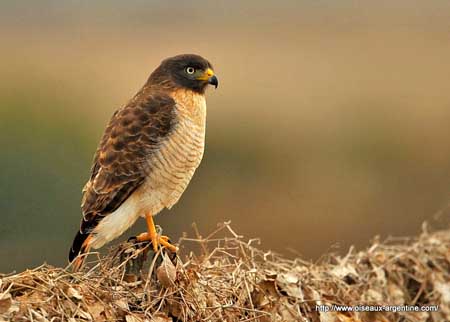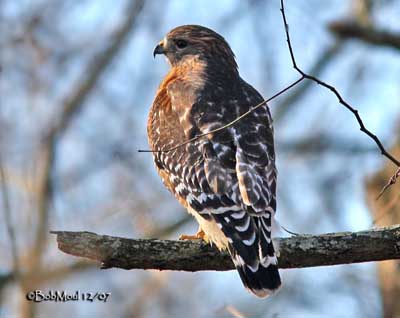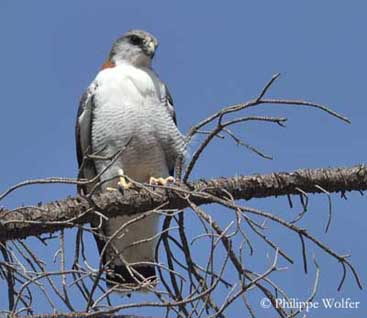
But the classification of these hawks is the result of numerous differences of opinion, and will probably change again next day.
There are some features to help us to define these beautiful raptors.
Hawks are stocky birds but agile fliers due to the manoeuvrable tail. They frequent well wooded habitats where they are able to hunt among the trees. They soar easily thanks to their broad wings and tail.
The hawks of genus Buteo usually hunt in one small area where they find food sources, and do not need wide open space like numerous birds of prey.
We can study these raptors by continents.
1 - The American hawks: 14 species + Hispaniola, Galapagos Archipelago and Hawaii
2 - The African buzzards: 5 species + Madagascar
3 - The hawk’ species present in several continents:
3a - The African/Asian/European hawks – 2 species
3b - The American/European hawks – 1 species
3c - The Asian Hawks – 1 species
Text by Nicole Bouglouan
Photographers:
Bob Moul
Nature Photography
Philippe et Aline Wolfer
GALERIE
Sources:
HANDBOOK OF THE BIRDS OF THE WORLD Vol 2 by Josep del Hoyo-Andrew Elliot-Jordi Sargatal - Lynx Edicions - ISBN: 8487334156
HAWKS, EAGLES AND FALCONS OF NORTH AMERICA by Paul A. Johnsgard - Smithsonian Institution Press - ISBN: 1560989467
SORA Searchable Ornithological Research Archive (Blair O. Wolf)
Hawks of Genus Buteo
Hawks of the world, except Australia
The 8th group of the Family Accipitridae includes the hawks of the genus Buteo
According to the classification, this group contains between 28 and 35 species. Some of them are found almost elsewhere, but this genus is present in the Americas, in Africa, in Europe and in Asia, and absent from Australia.
Among these different species, we can find three morphological groups with first, the small, short-winged and long-tailed B. magnirostris, B. nitidus (classified in the previous 7th group) and B. platypterus. Then, there are the medium-sized hawks B. leucorrhous, B. brachyurus and B. lineatus. And the third group includes the largest, long-winged and shorter-tailed hawks B. albicaudatus, B. regalis and B. hemilasius.
These differences involve evolution of shape, flight and hunting and foraging behaviour.

Buteo magnirostris

